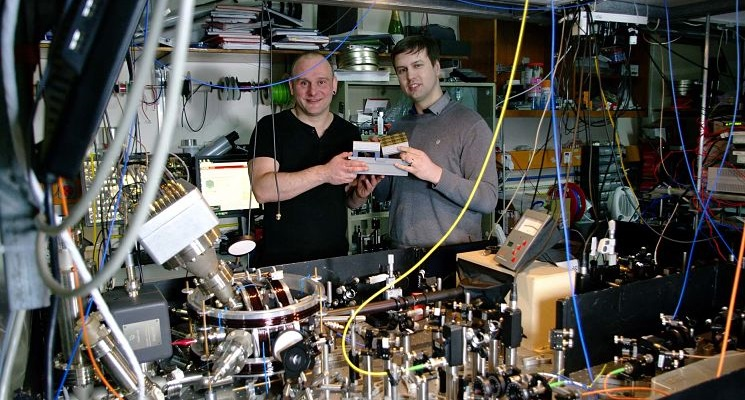Researchers from University of Sussex have constructed a nuts and bolts construction plan to build an actual large-scale quantum computer. They have made a blueprint and are into making a prototype for the same. The research holds a lot of value for the scientific community as they always anticipate quantum computing,
Quantum Computing
Quantum computing is a type of computing that uses quantum bits or “qubits” instead of classical bits. While classical bits can only exist in a state of 0 or 1, qubits can exist in both states at the same time, which is known as superposition. This allows quantum computers to perform certain types of calculations much faster than classical computers.
Additionally, quantum computers can use a process called entanglement to link qubits in a way that can provide significant speedup in certain algorithms. Quantum computers are still in the early stages of development, and the largest quantum computers currently in operation have only a few hundred qubits.
One of the major challenges in building quantum computers is maintaining the delicate state of the qubits, which can be easily disturbed by environmental factors. This requires careful shielding and cooling of the qubits, as well as the development of error-correction algorithms to mitigate the effects of noise.
Quantum computers date back to the 1980s when two different fields, quantum mechanics and computer science were merged together. Since then many methods were proposed and implemented to make Quantum Computers. One of them, Quantum computing on a small scale, using trapped ions, is carried out by aligning individual laser beams onto individual ions, with each ion forming a quantum bit. So on a larger scale, we would need billions of quantum bits, requiring billions of precisely aligned lasers.
Researchers at University of Sussex in the U.K. have now come up with a new method that places the construction of a large-scale quantum computer within reach of current technology. The method applies voltages to a quantum computer microchip, negating the need to align laser beams.
Companies like IBM, Google, Microsoft have been using or exploring the use of quantum computers for various applications. Prof Winfried Hensinger, who led the research, has paved a way for scientists.
Quantum Entanglement
Quantum entanglement is the phenomenon where two or more particles become connected in such a way that their states are interdependent, even when separated by a large distance. This means that the measurement of one particle’s state can instantaneously affect the state of the other particle, regardless of the distance between them.
The team built a computer using individual modules.This new invention allows actual quantum bits to be transmitted between individual modules in order to obtain a fully modular large-scale machine capable of reaching nearly arbitrary large computational processing powers.
Connections between these modules were made by electric fields that allow ions to be transported from one module to another, producing 100,000 times faster connection speeds between individual quantum computing modules compared to current state-of-the-art fiber link technology.
The blueprint of idea is made public by the group for people across the world to come up with ideas and transform our future.
“We are very excited to work with industry and government to make this happen. Together with scientists from around the world, and our outstanding scientists at Sussex, we are ready to make a large-scale quantum computer. We can make it happen.’ says Hensinger.
We know how to build a quantum computer in principle, but in reality the technological challenges are immense. A blueprint makes us one step closer while a prototype will take us a step more closer to achieve the dream of quantum computing.
The article was posted on the website of Sussex’s University




